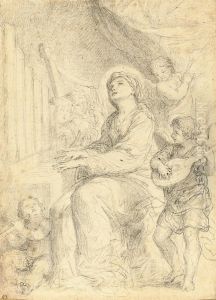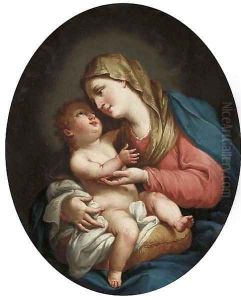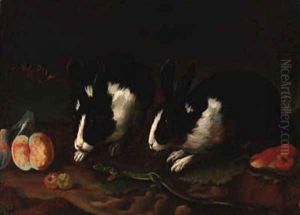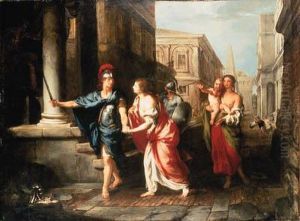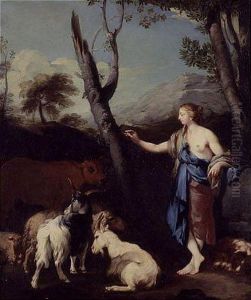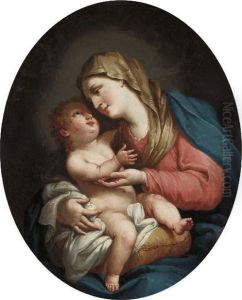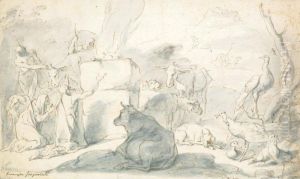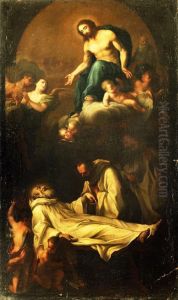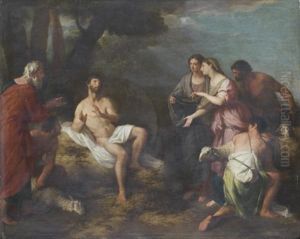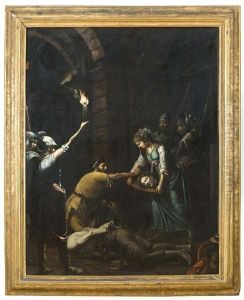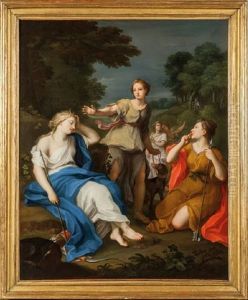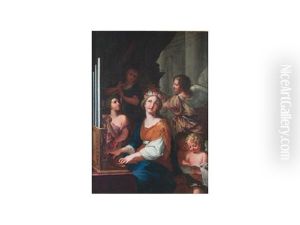Francesco Fernandi Paintings
Francesco Fernandi, also known as Imperiali, was an Italian painter of the late Baroque period, active mainly in Rome. Born in 1679 in Rome, Italy, Fernandi was a pupil of the prominent painter Carlo Maratta, one of the leading artists of his time, who played a significant role in shaping the Roman Baroque style. Under Maratta’s guidance, Fernandi developed his skills and was influenced by his teacher's classical approach to art. Fernandi's artistic career was marked by his adherence to the Baroque style, characterized by dramatic expression, rich coloration, and dynamic composition.
Fernandi worked on various commissions for churches and other institutions in Rome. His works often included religious themes, which were typical of the period and reflected the influence of the Catholic Church on the arts during the Counter-Reformation. Fernandi's paintings are noted for their vibrant energy and use of light, displaying the dynamism that is a hallmark of the Baroque movement. His ability to depict figures in motion and his masterful handling of drapery were particularly admired.
Despite his talent, Fernandi did not achieve the same level of fame as some of his contemporaries. Historical records on his life and work are somewhat limited, which has led to challenges in fully reconstructing his biography and artistic legacy. Nevertheless, his contributions to Italian Baroque painting are recognized by art historians, and his works can be found in various collections, illustrating the elegance and theatricality of the Baroque period.
Francesco Fernandi passed away in 1740 in Rome. Although he may not be as widely known as other Baroque artists, his work remains an important part of the artistic heritage of the era. His paintings continue to be studied for their stylistic qualities and are appreciated for their beauty and craftsmanship.
